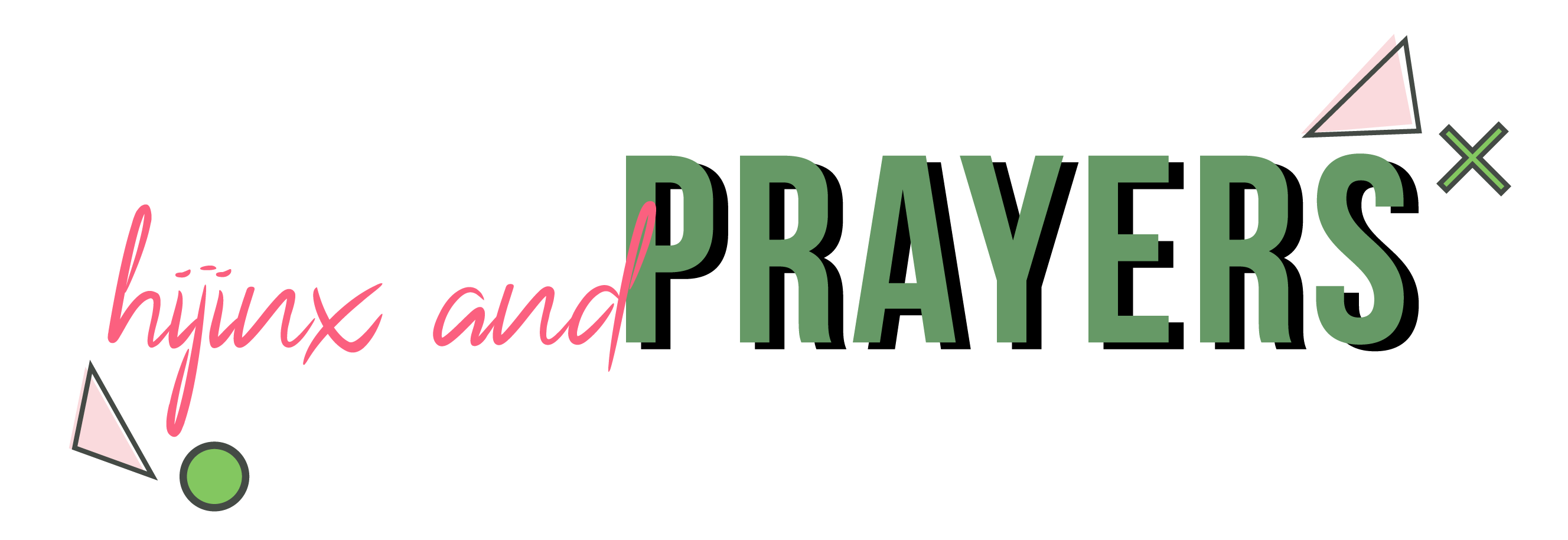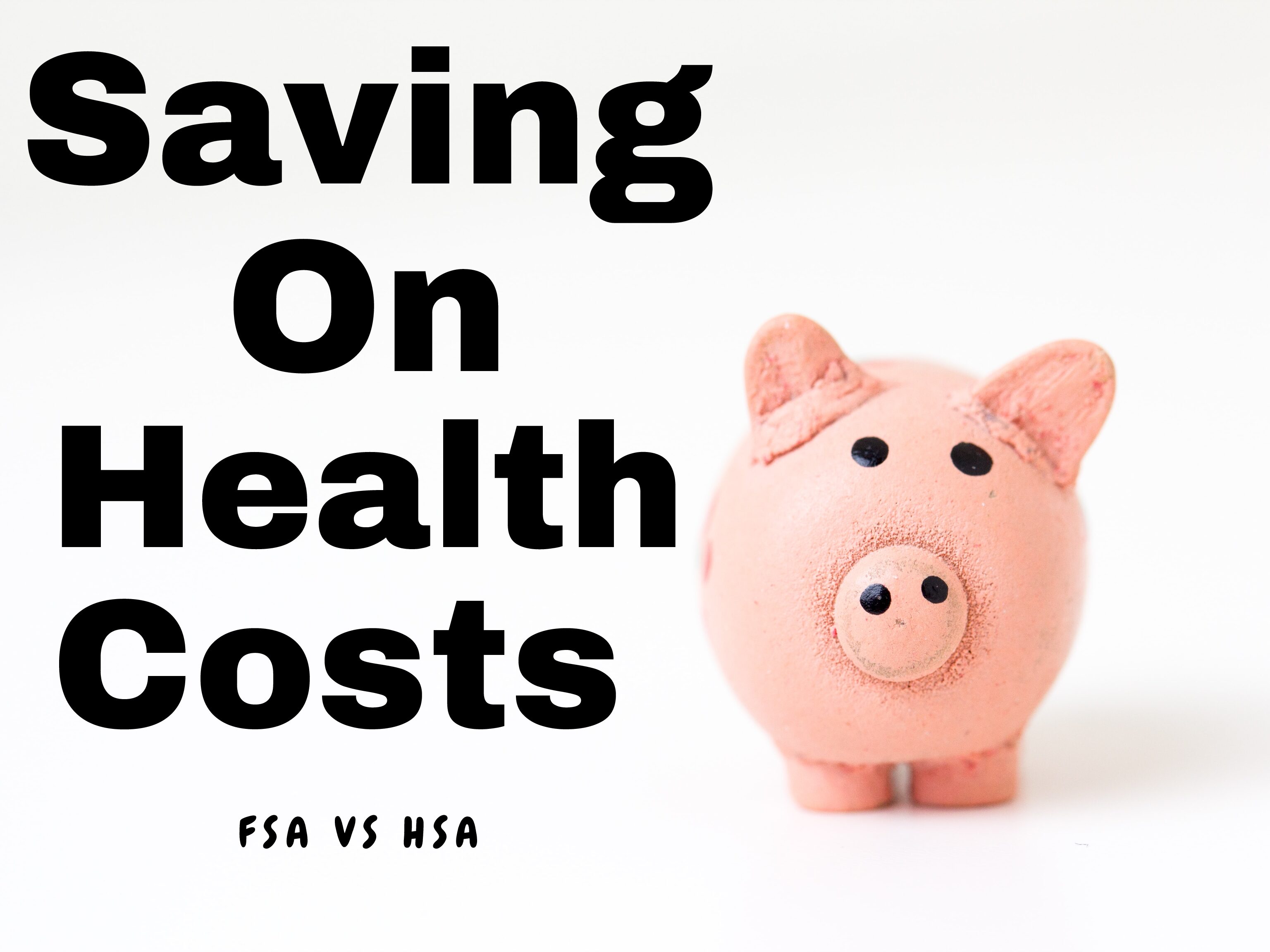Healthy Savings
This year, we’re all looking to save money and for many employees having a Health Savings Account (HSA) or a Flexible Savings Account (FSA) is a great approach to saving for health care costs.
HSAs and FSAs are an excellent saving tool because not only do you make contributions from your gross (pre-tax) pay, you’ll also avoid any taxes when you spend from them. Using untaxed dollars to pay for deductibles, copayments, coinsurance, and monthly prescriptions is a surefire way to help you lower your overall health care costs.
The HSA
A Health Savings Account is an individually owned savings account that is funded by the employer and/or the employee. Many employers offer HSAs as part of a benefits package but you can open one through an insurance vendor or a bank. To be eligible for an HSA plan, the employee must be enrolled in a High Deductible Health Plan (HDHP). And how do you know you’re enrolled in a HDHP? Well, the IRS will tell you here.
Every year the government determines the minimum deductible amount a plan can have to qualify as an HDHP, as well as the maximum amount an individual can contribute to an HSA.

Photo by Alicia Powell on PixiStock
To qualify for an HSA:
- You cannot be claimed as a dependent on someone else’s tax return,
- an HDHP must be your only health insurance plan,
- you must not be eligible for Medicare.
Once you enroll in Medicare, you may no longer contribute to the HSA but can withdraw from it for other expenses without the penalty tax.
The HSA is a savings account which means it can be used to SAVE money. HSA money can be invested for future medical expenses and even contribute to your retirement savings. How? Well, your HSA usually starts as a cash account which earns interest like a savings account. But once you reach a certain balance, you can change your HSA into an investment account. Seek the counsel of a financial expert for more insight into how your HSA can become an IRA for retirement.

Photo by Alicia Powell on PixiStock
The FSA
Flexible Savings Accounts are similar to HSAs in that they allow you to save for medical expenses without paying taxes on your contributions. (#Flexing on the medicals). They are, however, the least flexible of the two accounts.
The only way to get an FSA is through your employer and the funds are preset before the year starts. Each year, you’ll have to decide how much gross pay you want deducted from your paycheck and you won’t be able to adjust contributions again until your employer’s next open enrollment. It is a “use it or lose it” plan which means unspent funds will not roll over into you account for the next year; they go back to the employer to re-distribute.
The FSA exhibits its flexibility in being able to be used to pay for dependent care and cover work-related parking and transportation expenses. The HSA cannot be used for those expenses. FSA accounts can be paired with HSAs only if your employer allows it.
When trying to calculate how much to contribute to each account, start with enough to cover your deductible, expected medication costs and anticipated doctor’s visits. But because of the “use it or lose it” nature of FSAs, it’s best to calculate funds needed for 11 months of the year, that way you don’t risk finding out at the end of the year you have over-contributed and will lose money you could have otherwise needed elsewhere.

Photo by Solen Feyissa on Unsplash
The CARES Act
The Coronavirus Aid, Relief, and Economic Security (CARES) Act that was signed in March 2020, came with positive changes to HSA and FSA plans.
- Now consumers can purchase over-the-counter medicines with funds from their HSA or FSA account without a prescription from a physician.
- Menstrual care products are now considered a qualified medical expense which means you can use your HSA/FSA card to buy tampons, pads or cups. Your choice, they’re all eligible.
- We all know coronavirus testing and treatment has been waived for most of the population. But did you know that you can purchase COVID-19 At-Home test kits with your FSA/HSA card?
- You can file for reimbursement of these expenses if they occurred any time after December 21, 2019.

Photo by Stephen Phillips – Hostreviews.co.uk on Unsplash
Qualified Expenses
The IRS determines which expenses are eligible for reimbursement. Eligible expenses include health plan copayments, dental work and orthodontia, eyeglasses, insulin contact lenses, and prescriptions.
Your human resource department or the insurance company will tell you which items qualify to be purchased with HSA or FSA funds.
In this electronic age where we are making most of our purchases online, there are various sites you can go to to make qualified purchases. Examples are: The HSA Store, The FSA Store, and The Amazon HSA/FSA Store.
It’s important to keep a record of the expenses you pay with your HSA or FSA in case your insurance company asks you to prove that an expense was eligible for reimbursement from your account, or in case you are audited by the IRS. Examples of records you should keep include: receipts, Explanation of Benefits (EOB), medical diagnosis/physician diagnosis letters, and prescriptions.
Before you ask, drinks with the girls, while therapeutic, do not qualify as an eligible expense.

About The Writer:
Nana Adowa Bekoe is a praying wife, grateful daughter and a believer of miracles. As a pharmacist, she advises patients and other healthcare professionals on the safe and effective use of medications.
Born and raised in Accra, Ghana; Adowa gained her Doctor of Pharmacy degree from the Philadelphia College of Pharmacy. She is a second generation pharmacist and she is grateful for the life she has and loves to laugh (especially at herself).

More Posts You Might Like!
A Simple Pronoun
For Him, Her, He, She, They and Them In the 1960s solicitation of same sex relations was illegal in New York City. In fact engaging in gay behavior or any kind of public display of affection...
8:46
Learning To Breathe Memorial Day 2020, we all celebrated those we lost in war. Later that evening, 46 year old George Floyd was killed during an arrest for allegedly using a counterfeit 20...
Start With Gratitude
You’re still here! You kept reading even though I warned you I had no idea where this was going. Well, thank you. Thank you for sticking with me. Thank you for the comments that are sure to start further discussion and more posts.
I’d also like to thank my tech support who helped me get this blog up and running. Without your help, this project would have never made lift-off.

